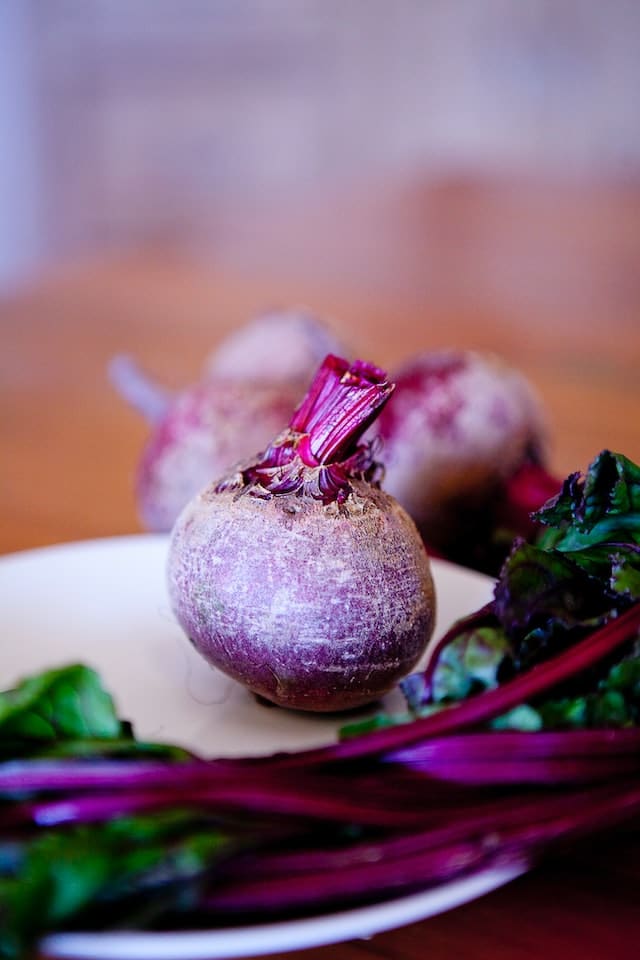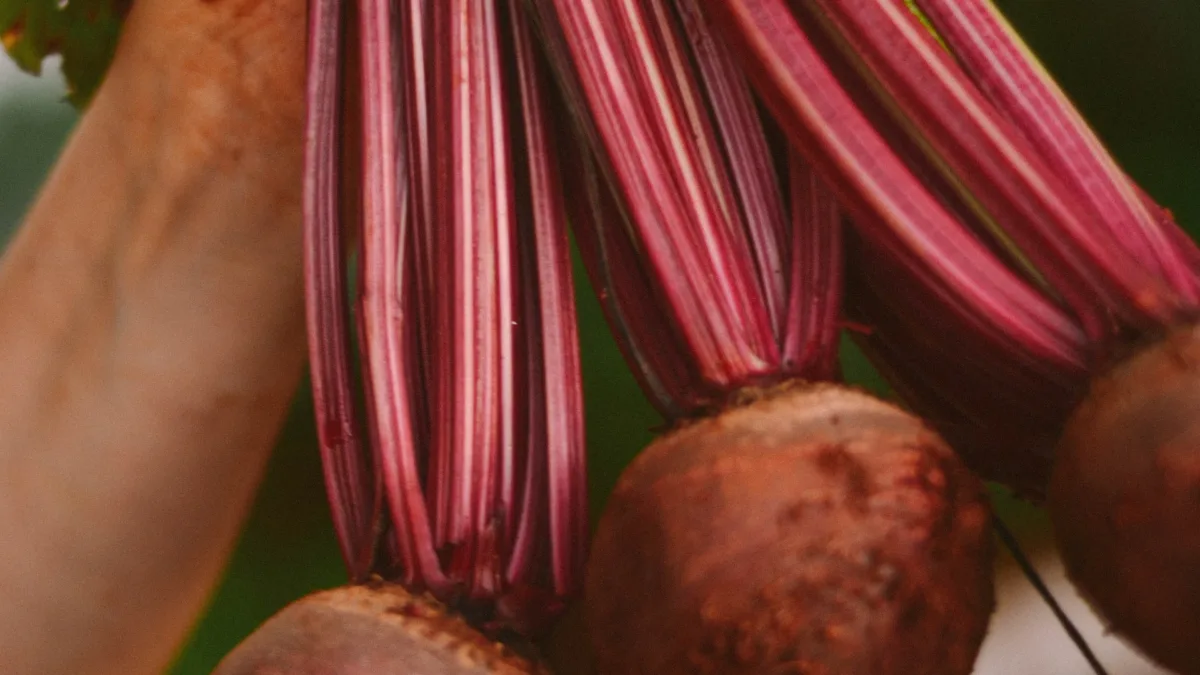Beets are a great addition to any vegetable garden. Their sweet, earthy flavor and beautiful red hue make them the perfect choice for a fall harvest or early spring pick-me-up. Beets can be grown in either an indoor garden or outside in the garden bed or raised bed. The best time to plant beets is after all danger of frost has passed and you can plant them directly into the ground.
The history of beetroots
Beets are native to Europe and Asia, but the first written record of them dates back to the late fifth century B.C. in Greece. Some Assyrian text claim that beets already grew in the Handing gardens of Babylon. The Greeks harvested beets to eat their leaves. In the temple of Delphi they offered the roots to Apollo. The son of Zeus was the god of archery, music, dance, truth, prophecy and more.
The history of beetroots is surprisingly long and complex. The Roman gourmet Apicius provided recipes for beets in his book “The Art of Cooking”. The modern beet root appeared first in the 16th century in Europe. During the 19th century, the red color of the beet was used to color wine and to give it a more intense red.
Beet varieties
There are many different varieties of beet, each with its own color and shape. Pick the one that best suits your needs. The Avalanche variety was an “All-America Selections” winner in 2015:
Judges raved about the raw eating quality when they discovered there was no earthy beety taste, nor any bitter aftertaste. As for garden performance, there’s hardly any vegetable easier or quicker to grow and in just 50 days, you too can have delicious white beets.
2015 AAS Edible – Vegetable Winner
While Avalanche is a white variety, Bull’s blood comes in deep purple. It comes in a sweet, slightly earthy flavor. But, like Avalanche, it leaves no bitter taste.
A more traditional type is Crosby’s Egyptian. It originated in Germany and came in the middle of the 19th century to America. The leaves make for a delicious salad. But you need to harvest them early. The red roots are sweet. Another classic is the Detroit Dark Red. You can harvest the greens after around 35 days, and the roots after 60 days.
The best location for growing beets
Beets need full sun, but they can tolerate light shade. Beets prefer sandy loam soil with a pH of 6.5 to 7.5; however, beets will grow well in other soils as long as they have adequate drainage and nutrients available for growth.
Soil preparation
Soil preparation is the most important step in growing beets. You should add compost, fertilizer and lime to your soil mix. A general-purpose fertilizer is a good choice for this crop.
Start indoors or sow directly
If you’re starting beets from seed, direct-sow them in fall or spring. The best time to sow directly is in late summer or early fall, when the soil has warmed up sufficiently to germinate seeds. If you choose this method, it’s important to make sure there aren’t any weeds growing around your seeds at planting time; otherwise they’ll compete with your crop for nutrients and space.
If you want beet roots ready for harvest by spring (or even earlier), then start indoors six weeks before last frost date so that plants can grow strong before being transplanted outside after last frost has passed.
But keep in mind, you want to harvest their roots. When you decide to start your beets indoors, you need to be careful when you transplant them. Direct sowing is a good choice after the last frost. You can sow from early spring into your summer which will give you a nice stream of beets throughout the seasons.
Spacing
The spacing of beets depends on the variety, how you will be using them and their size. The larger varieties require more space than smaller ones. In general one can say, you sow them 4 inches (~10 cm) apart from each others in rows. The space between the rows should be around 1 feet (~30 cm). Place the seeds 1 inch (~2.5 cm) deep. It makes sense to put 3 seeds per hole and thin them later.
Watering
Beets need a lot of water. You can water in the morning or evening as long as you don’t overwater them (which may cause root rot). The key here is that you want to give them enough moisture for them to absorb so that they don’t get too much and rot in their roots. As a rule of thumb: 1 inch of water each week is a good measure.
Provide nutrients
In case your plants do not grow strong enough, you can fertilize once a month. If you’re using an organic fertilizer, make sure it contains nitrogen (the plant needs this for healthy growth) and phosphorus (which helps it absorb nutrients from the soil). Try to use balanced fertilizers that contain both of these ingredients.

Weeding
- Pull weeds by hand, using a hoe to rake them out of the soil.
- Do not damage your beet roots when digging or raking weeds.
- Mulch around your beets to keep them cool and reduce moisture loss.
When to harvest
It depends what you want to harvest. If you want to harvest the greens, you should do so earlier. As said earlier, after 35 days the leaves are ready. The roots themselves will need longer. It depends on the variety you choose.
But you can also harvest baby beets, which are no more than 1 or 2 inches in diameter. Those tend to be very delicious. On the other hand – they are small of course. Depending on your variety, even roots as big as 4 to 5 inches are still tender and flavorful.
Beets are an excellent addition to your home garden!
Beets are a great addition to your home garden. They’re easy to grow and will provide you with a harvest all summer long. The leaves are edible, too! They can be added as an ingredient in salads or soups, or even eaten raw like spinach.
Beets also contain folate (an important B vitamin), manganese and potassium—all of which promote cardiovascular health and eye health by reducing risk for heart disease, stroke and cataracts respectively.
Their roots are delicious: boil them up with some other veggies like carrots or potatoes for dinner! By the way, did you know you can grow potatoes simply with a potato?
Beets are a great addition to your home garden. They can be grown in almost any climate, and they’re especially good for those who want to add more vegetables but don’t have enough space or time to plant them. Beets are also very nutritious, with some varieties being even more nutritious than many other vegetables

